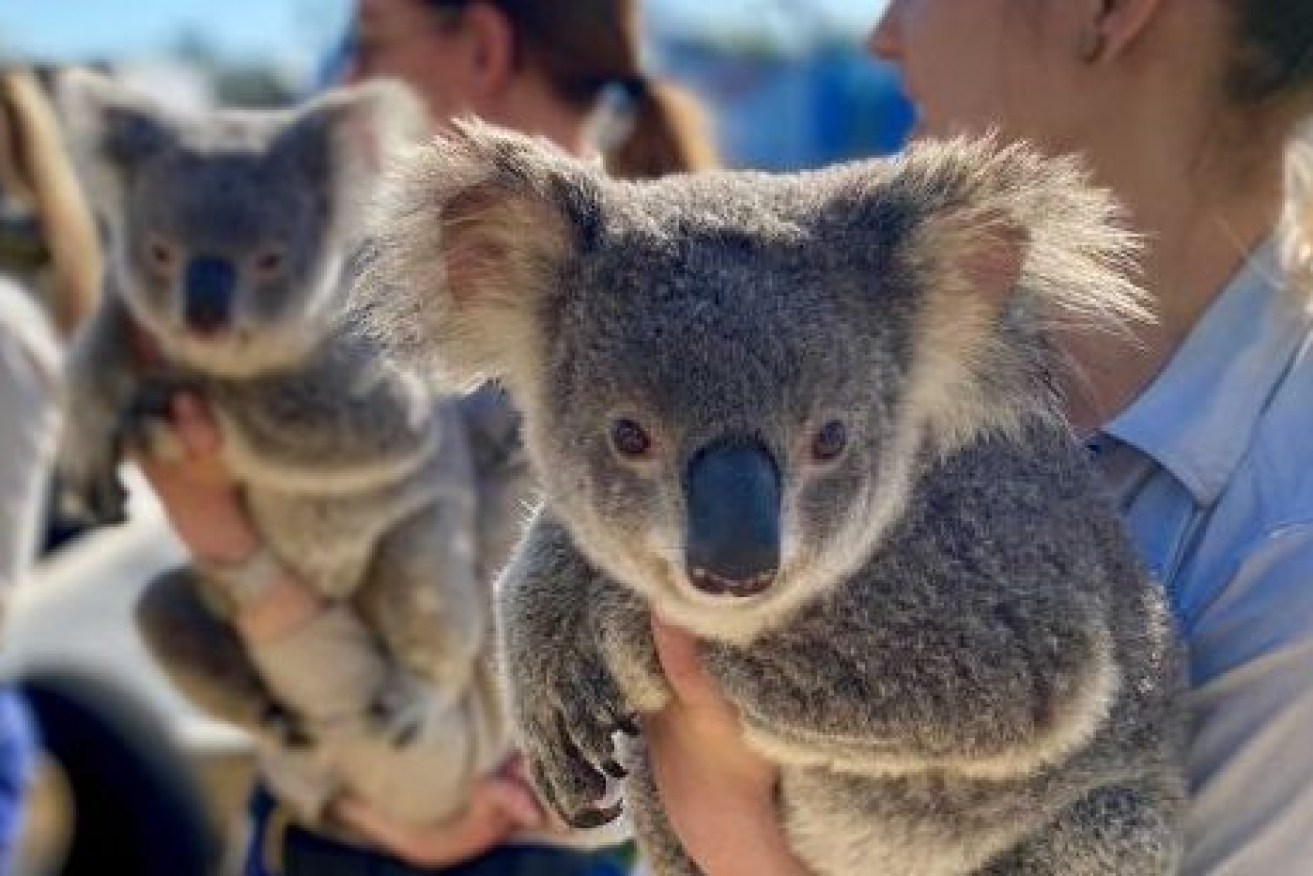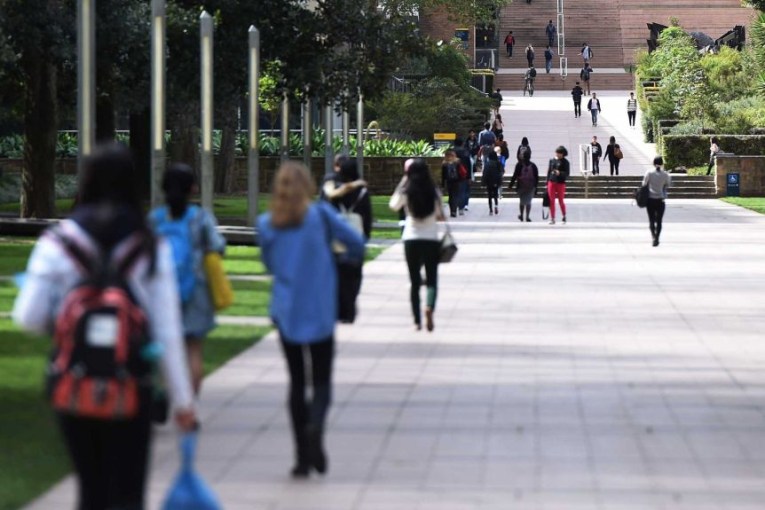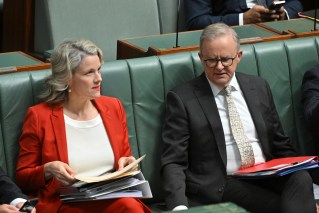Passing the buck: Concern about huge koala habitat as State refers case to feds
By Laine Clark in Brisbane
A proposed Queensland coal mine has been referred for federal assessment, sparking fears almost 800 hectares of koala habitat will be cleared.

Environmentalists have taken aim at the federal environment minister, saying approval of central Queensland’s Vulcan South mine will fast-track the decline of the region’s struggling koala population.
They had urged Tanya Plibersek to block the development before discovering the mine was referred for federal assessment last week under the Environment Protection and Biodiversity Conservation (EPBC) Act.
The proposed mine’s status is “assessment active” on the EPBC Public Portal.
“We argued that the clearing of hundreds of hectares of habitat that is home to endangered animals like the koala and greater glider meant Vitrinite’s Vulcan South project should have been stopped at the first federal hurdle,” Environmental Advocacy in Central Queensland director Dr Coral Rowston said.
“Unfortunately, last Friday Tanya Plibersek sided with a coal company against koalas.”
Habitats for koalas, the endangered greater glider and the vulnerable glossy black cockatoo and squatter pigeon will be at risk if the Vulcan South project proceeds, environmentalists say.
“Minister Plibersek has made the wrong call on this destructive coal mine,” Dr Rowston said.
“She should have rejected it outright for its clearly unacceptable impacts on Queensland’s iconic koalas.”
Approval for the Vulcan South coal mine in the Bowen Basin was issued on January 22 by the Queensland Department of Environment, Science and Innovation (DESI).
A DESI spokesperson said in February all proposed projects underwent a rigorous environmental assessment to ensure they met legislative standards as part of the environmental authority process.
The site, southwest of Mackay, is set to fall short of requiring an Environmental Impact Statement (EIS).
Vulcan South will yield approximately 13.5 million tonnes of coal at an expected rate of 1.95 million tonnes per year.
The minimum annual production rate to trigger an EIS is two million tonnes per year.
The project is expected to operate for approximately nine years with a two-year construction phase.











